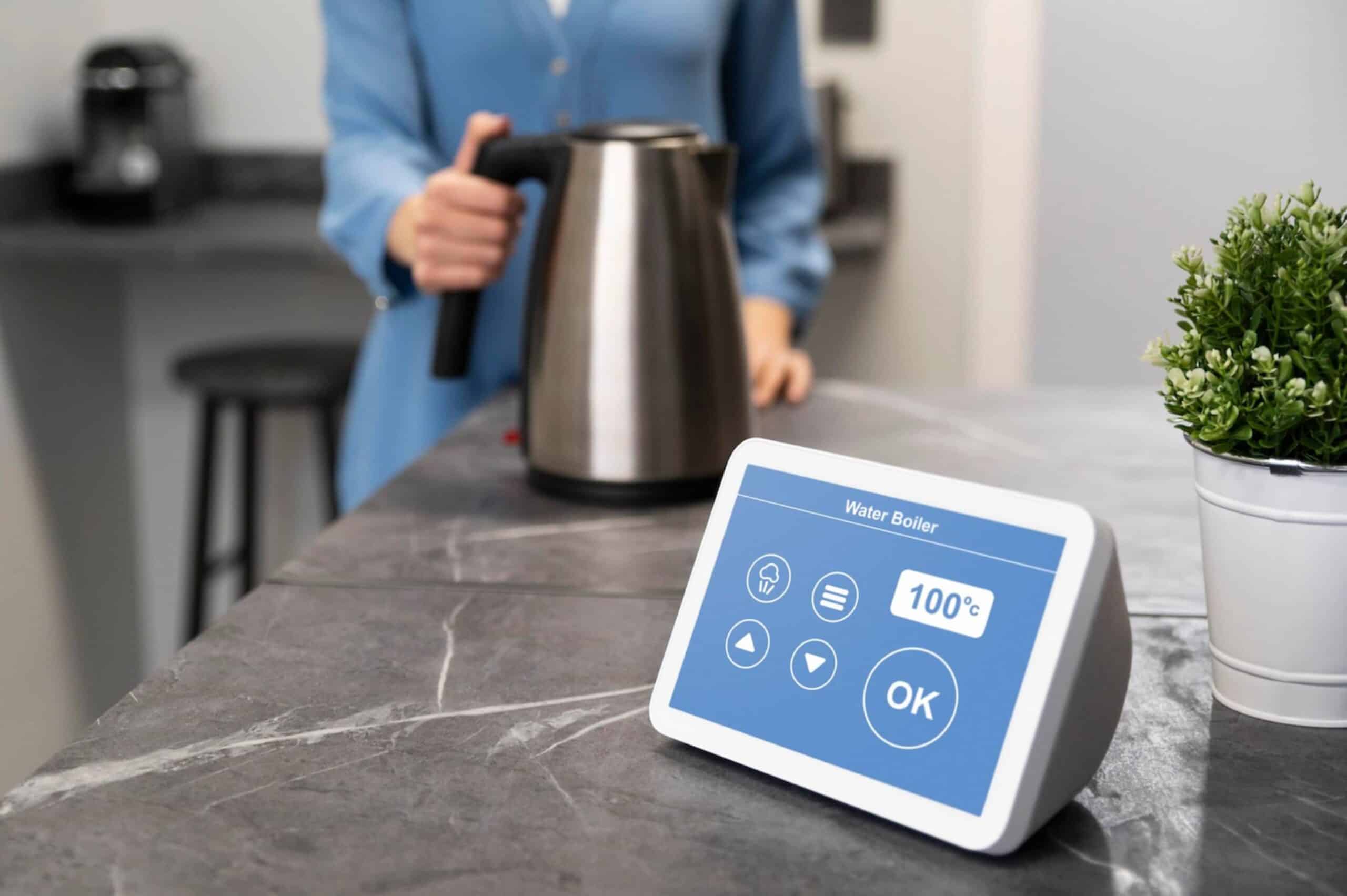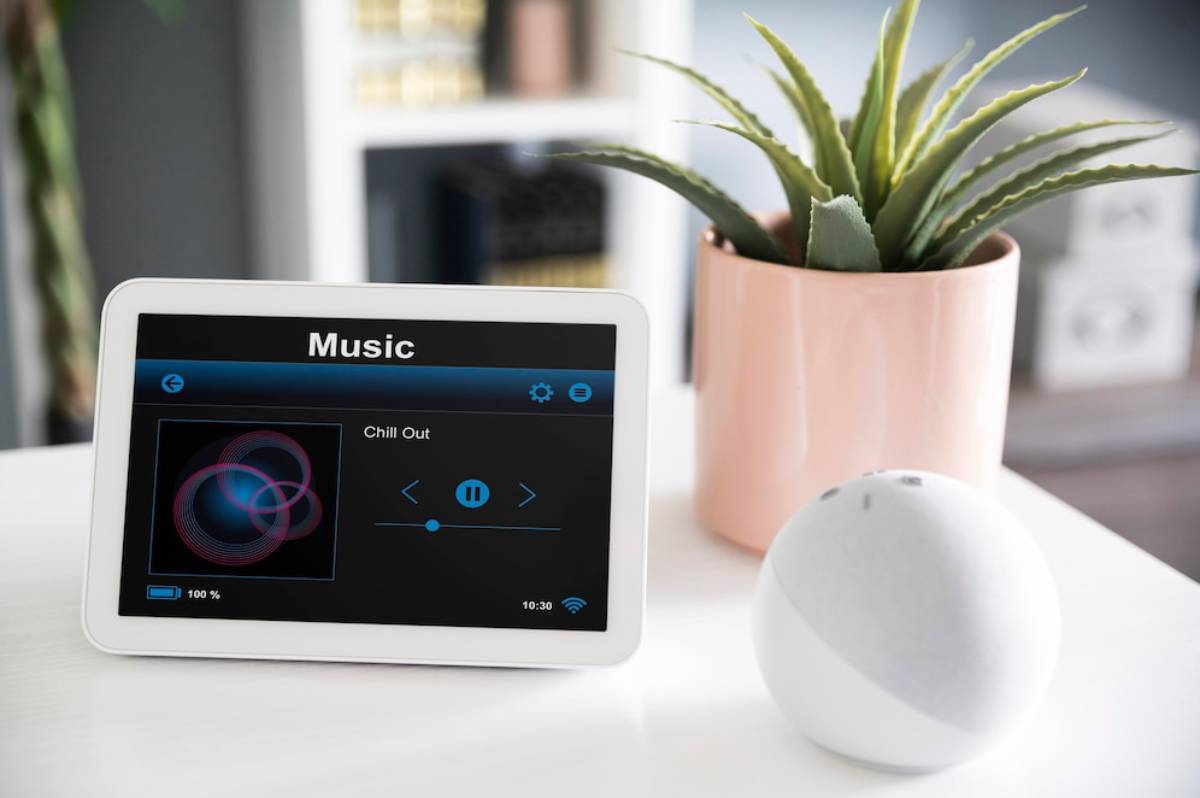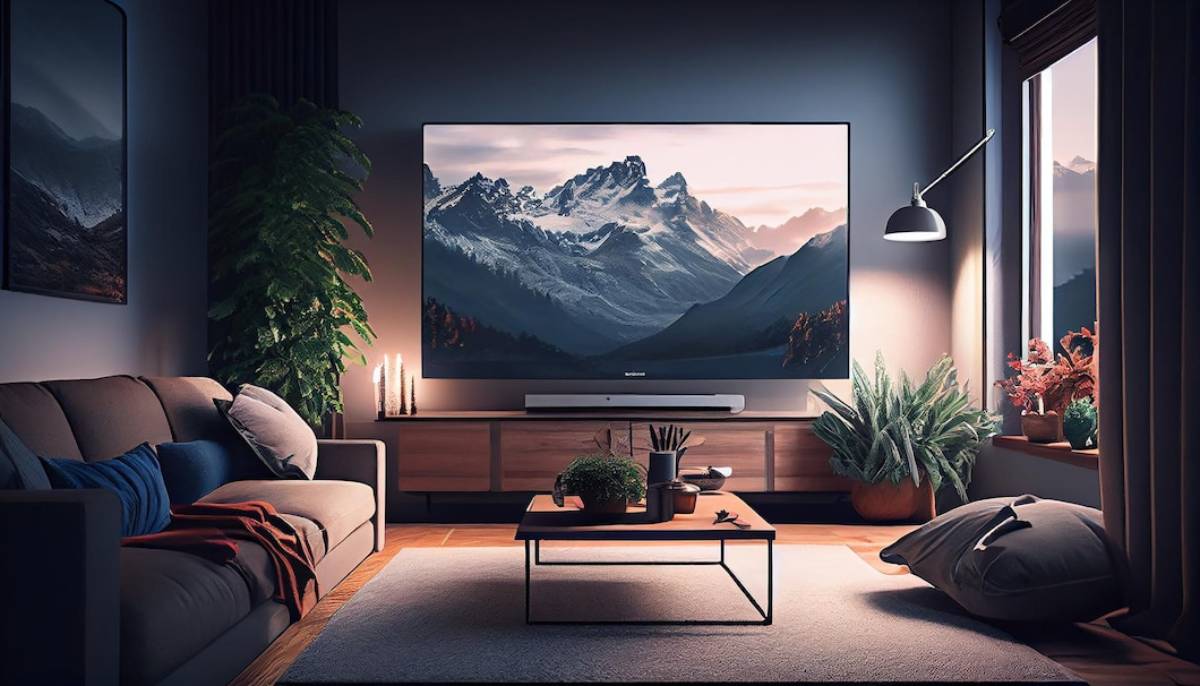
Best Smart TVs of 2025: Features and Comparisons
Smart TVs have become the centrepiece of modern living rooms. They’re no longer just screens for watching content—they’re hubs for gaming, voice control, video calls, home automation, and entertainment apps. And in 2025, the latest models push the boundaries even further, offering sharper visuals, faster interfaces, and deeper smart home integration.
In this TV comparison guide, we highlight the best smart TVs of 2025, exploring their key features, user experience, and how they fit into your connected home. Whether you’re upgrading your main screen or adding a new set to the bedroom, these smart TV reviews will help you find the perfect match.
Why Smart TVs Matter in 2025
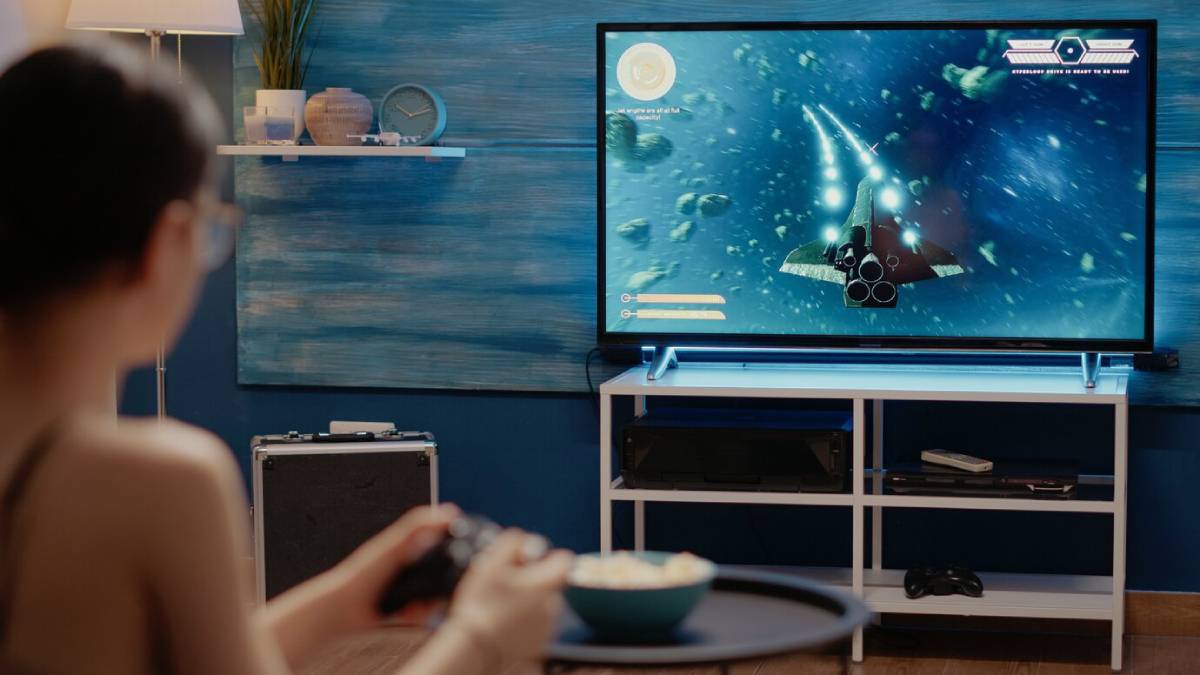
With streaming at the heart of most viewing habits, today’s TVs are built to do more than just receive a signal. They run apps, offer voice assistant access, and sync with lighting, soundbars, and other devices to create immersive experiences.
In addition to stunning 4K and 8K displays, smart TVs now feature:
- AI upscaling for older content
- Hands-free voice control
- Gaming features like VRR and low-latency modes
- Home automation dashboards
- Cross-device syncing for multi-room entertainment
For many homes, the smart TV is now the entertainment, information, and automation hub rolled into one.
Real-Life Applications of Modern Smart TVs
Smart TVs are versatile additions to any room, and not just for streaming:
- Living room centrepiece: Enjoy cinema-grade visuals, smart lighting sync, and surround sound integration.
- Gaming setup: Link consoles for ultra-low-latency gameplay with HDR, high refresh rates, and Game Mode support.
- Home office display: Use split-screen or casting features for meetings, presentations, or dashboards.
- Smart home controller: View security cameras, adjust lighting, and control devices directly from your TV.
- Voice-powered control: Use built-in Alexa, Google Assistant, or Siri to search, switch apps, and manage your home.
Today’s smart TVs are smarter than ever, designed to do far more than channel surf.
Key Features in the Best Smart TVs of 2025
1. Operating System and Smart Platform
The smart platform is the brain of your TV. Each brand uses a different OS, which affects speed, app support, and user experience:
- LG uses webOS: clean, fast, and now with Matter smart home support.
- Samsung uses Tizen: app-rich, responsive, and SmartThings integrated.
- Sony uses Google TV: versatile with excellent Google Assistant access.
- TCL/Hisense: often uses Roku TV or Google TV for simplicity and value.
Look for systems that support your preferred assistant, ecosystem, and media apps.
2. Display Technology
Display quality is more than just resolution. In 2025, the leading technologies are:
- OLED: Exceptional contrast and deep blacks (LG, Sony).
- QLED/Mini-LED: Bright and vivid colours, better in bright rooms (Samsung, TCL).
- MicroLED: Premium, modular, ultra-high-end display tech—still rare.
- QD-OLED: Combines the best of OLED and QLED (found in high-end Sony and Samsung models).
Choose based on your lighting conditions, budget, and content preferences.
3. Smart Assistant Integration
Most smart TVs support at least one major assistant:
- Alexa: Common in Samsung and Amazon Fire TVs.
- Google Assistant: Excellent on Sony and Google TV models.
- Siri/HomeKit: Available on select LG and Samsung models.
Voice commands can handle everything from input switching to searching for shows, and even controlling your thermostat.
4. Connectivity and Automation
The best smart TVs of 2025 work with smart home ecosystems, offering features like:
- Displaying doorbell camera feeds
- Syncing lighting with content (Philips Ambilight, Nanoleaf integration)
- Controlling other devices through on-screen dashboards
- Support for Matter and Thread for universal compatibility
Connectivity now goes beyond ports—it’s about whole-home synergy.
Expert Tips for Smart TV Buyers
1. Consider Viewing Distance and Screen Size
The move to 4K and 8K means you can sit closer to a larger screen without losing image clarity. Use a TV size calculator to match your room size. Generally:
- 55″ for small to medium living rooms
- 65″ or 75″ for larger spaces
- 85″+ for a home cinema feel
Always measure the available wall or unit space before buying.
2. Prioritise HDMI 2.1 for Future-Proofing
HDMI 2.1 allows for features like 4K at 120Hz, Variable Refresh Rate (VRR), and Auto Low Latency Mode (ALLM). If you game or want to future-proof your TV, ensure it has at least one HDMI 2.1 port.
3. Use the Companion App
Most brands offer apps that let you use your phone as a remote, launch apps, or share content:
- LG ThinQ
- Samsung SmartThings
- Google Home
- Sony Bravia Core and Home Entertainment Control
Apps enhance functionality, especially when you’ve misplaced the remote.
4. Try Ambient and Art Modes
High-end TVs offer Ambient or Art Modes to blend into your décor. When not in use, display artwork, weather, or personal photos to keep the screen from dominating the room unnecessarily.
Common Mistakes to Avoid
1. Ignoring OS Limitations
Some smart platforms don’t support every app or service. Double-check that your favourites—like NOW TV, Disney+, or Apple TV+—are natively supported on your chosen brand.
2. Failing to Optimise Picture Settings
Smart TVs often ship with default settings aimed at showroom floors. Calibrate your picture using presets like “Cinema” or “Filmmaker Mode” for more accurate colour and contrast.
For the best results, consider using a calibration app or tool.
3. Overlooking Audio
While display quality gets the headlines, audio is just as important. If your TV has underwhelming sound, pair it with a soundbar or speaker system.
Many TVs now support Dolby Atmos and eARC, allowing you to connect high-end audio solutions with ease.
4. Forgetting to Update Firmware
Smart TVs receive regular updates for performance and app compatibility. Make sure automatic updates are enabled or check manually every few months.
Updates can also bring new features or improved voice control responsiveness.
Advanced Insights: Best Smart TVs of 2025
LG G4 OLED evo (webOS)
- 4K OLED evo panel with Brightness Booster Max
- Dolby Vision, HDR10, and Dolby Atmos support
- ThinQ AI with Google Assistant and Alexa
- Gallery Design for flush wall mounting
- HDMI 2.1 and Nvidia G-Sync compatibility
Ideal for: Design-conscious users who want top-tier OLED visuals and smart home features.
Samsung QN90D Neo QLED (Tizen)
- Mini-LED backlight with Quantum HDR 32X
- Smart Hub with voice assistant, SmartThings dashboard
- Object Tracking Sound+
- Gaming Hub with cloud gaming support
- Alexa and Google Assistant compatible
Ideal for: Bright room viewing and full-featured smart integration.
Sony A95L QD-OLED (Google TV)
- Quantum Dot OLED for extreme contrast and colour
- Google TV interface with Chromecast built-in
- Bravia Cam for gesture and proximity control
- Dolby Vision and Acoustic Surface Audio+
- Alexa and Google voice control
Ideal for: Home cinema lovers and those in the Google ecosystem.
Hisense U8N (Google TV)
- ULED with Mini-LED for excellent brightness
- Built-in Google Assistant and voice remote
- Dolby Vision IQ and HDR10+
- Budget-friendly with premium features
- Game Mode Pro with low input lag
Ideal for: Value seekers who want premium performance without the premium price tag.
Conclusion: Entertainment at Its Smartest
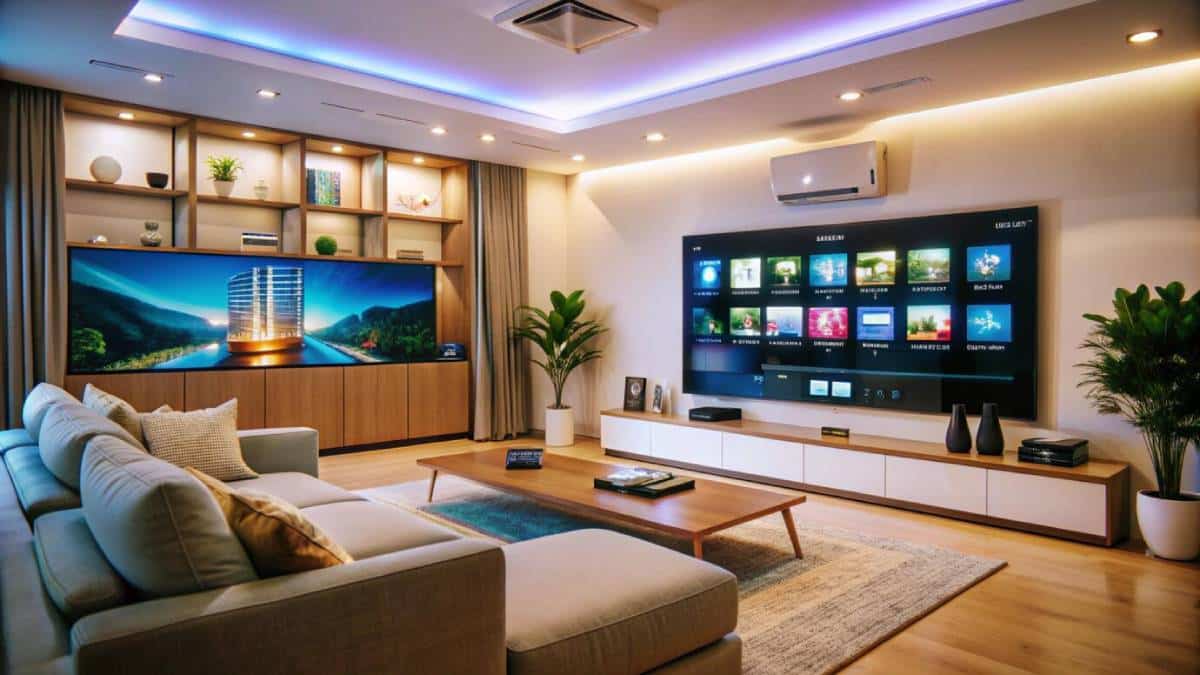
Smart TVs in 2025 are more than just screens—they’re connected entertainment systems, smart home hubs, and personal assistants all in one. Whether you prioritise design, picture quality, smart integrations, or gaming features, the market now offers a model for every lifestyle.
LG stands out for its OLED brilliance and artistic aesthetics. Samsung shines with its versatile ecosystem and feature-rich interface. Sony continues to impress cinephiles with unmatched detail and depth. And Hisense delivers impressive features at a fraction of the cost.
With the right smart TV, you’re not just upgrading your screen—you’re upgrading your entire home experience.
